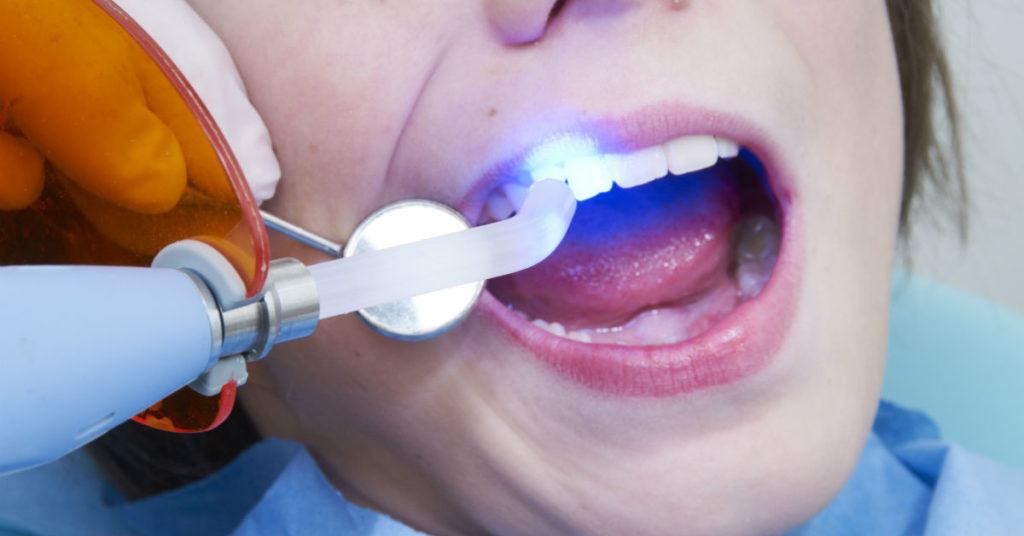With regular brushing and flossing, both children and adults can work to prevent cavities. However, younger children who are still learning how to thoroughly brush their teeth can become more susceptible to cavities. Bacteria that are missed can quickly build up in the indentations and natural grooves of children’s teeth. As bacteria builds up in the pits and fissures of their teeth, tooth decay and cavities can form damaging their teeth.

Taking proper care of a child’s baby teeth is extremely important as those teeth hold the spacing and positioning of the adult teeth that will one day take their place. Although toothpaste, floss, and fluoride can be effective tools in protecting baby teeth, back molars that are often missed in a child’s brushing can use additional protection to reduce the risk of cavities.
Pediatric dentists highly recommend that children between the ages of 6 and 11 have their teeth protected with sealants. Sealants are thin plastic coatings that are applied to the teeth in hard to reach areas of the mouth, typically on the back molars or teeth at risk of getting a cavity. This protective coating is placed on the chewing, or bumpy, surface of the toothand works by blocking bacteria or food from accumulating on the tooth. Sealants are a simple, non-invasive procedure that is extremely effective at stopping tooth decay in the early stages.Sealants in children can reduce the risk of decay by almost 80 percent
What Is The Best Time For Children To Get Sealants?
Dentists typically recommend that sealants be applied to the permanent molars as soon as have erupted, before decay has the opportunity to develop. In most children, the first set of permanent molars will come around the age of six and the second set around the age of twelve. In some cases, your child’s dentist may recommend that sealants be put on baby teeth to prevent baby teeth from further decay and or to avoid them falling out too soon.
Sealants usually will last about ten years, but they are regularly checked at dental check ups and cleanings for any signs of wear or tear. If a sealant were to show signs of wear, it is easily repaired or replaced in order to ensure that the child’s tooth continues to be protected from decay.
How Are Sealants Applied?
The process of applying sealants is quick and simple, taking only a few minutes per tooth. First, your child’s teeth will be thoroughly cleaned. After they have dried, an
acidic gel is applied to roughen up the surface of the teeth and then washed off. This helps to ensure that the sealant will bond properly to the tooth. After the gel is washed off and the teeth have dried, the sealant material is painted onto the bumpy surface of the back molars carefully covering the natural indentations and grooves where cavities are most likely to form. To harden the resin of the sealant, a special blue curing light issued.
This post if thanks to:
Henderson Sealants For Children

Adaven Children’s Dentistry has provided excellent dental services for children in Henderson since 2002..If you have a child between the ages of 6 and 11, contact Adaven Children’s Dentistry today at (702) 492-1955for more information on sealants or to schedule an appointment today!







